Tilia Platyphyllos Tree
- March 18, 2024
- 0 comment
Tilia platyphyllos tree, commonly known as the large-leaved lime or large-leaved linden, is a magnificent deciduous tree revered for its ornamental value, ecological significance, and cultural importance. Belonging to the Tilia genus, this majestic tree is native to Europe, where it graces woodlands, parks, and urban landscapes with its towering presence.
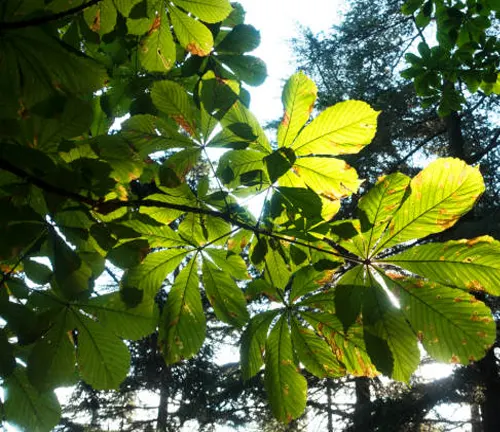
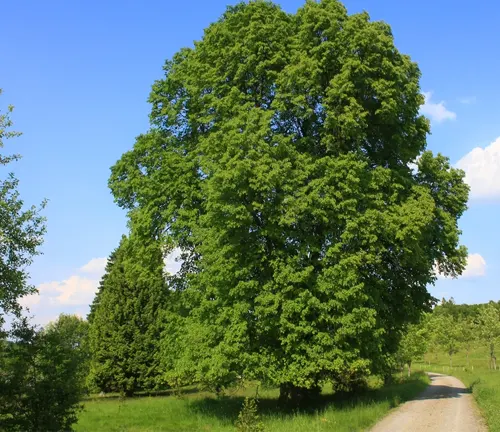
It plays a crucial role as a habitat and food source for various wildlife species. Its flowers attract bees and other pollinators, while its dense foliage provides shelter for birds and small mammals. It has also been revered as a symbol of strength, wisdom, and resilience. In some cultures, its wood is used for carving intricate sculptures and musical instruments.
The large-leaved lime tree is distinguishable by its heart-shaped leaves, which can grow up to 15 centimeters in length. Its smooth gray bark and fragrant flowers add to its allure, making it a favorite among landscape designers and nature enthusiasts alike. The tree’s aromatic qualities make it a popular ingredient in teas and tinctures.
Characteristics Tilia Platyphyllos Tree
| Scientific Name: | Tilia platyphyllos |
| Common Names: | Large-leaved lime, large-leaved linden |
| Family: | Malvaceae |
| Native Region: | Europe |
| Plant Type: | Deciduous tree |
| Size: | Tilia platyphyllos can reach heights of up to 30 meters, with a broad crown that spreads elegantly. |
| Leaves: | The leaves of Tilia platyphyllos are heart-shaped and can grow up to 15 centimeters in length. |
| Flowers: | In summer, Tilia platyphyllos produces clusters of fragrant, creamy-white flowers. |
Botanical Beauty of “Tilia Platyphyllos Tree”

Tilia platyphyllos, the large-leaved lime tree, embodies botanical beauty with its graceful form, lush foliage, and fragrant blossoms. During spring, its verdant canopy casts dappled shade under a spectacle of heart-shaped leaves, while summer brings delicate clusters of flowers emitting a sweet fragrance that attracts bees and butterflies. Whether in woodland glades or urban parks, Tilia platyphyllos captivates with timeless elegance and natural allure.
Woodland Elegance
Exuding woodland elegance, the tall and slender Tilia platyphyllos boasts gracefully arching branches and broad, fluttering heart-shaped leaves that provide soothing shade beneath its canopy. In autumn, the foliage transforms into hues of gold and amber, adding warmth to forest landscapes. Symbolizing tranquility and harmony, this tree stands regally amidst natural settings, embodying understated beauty and grace.
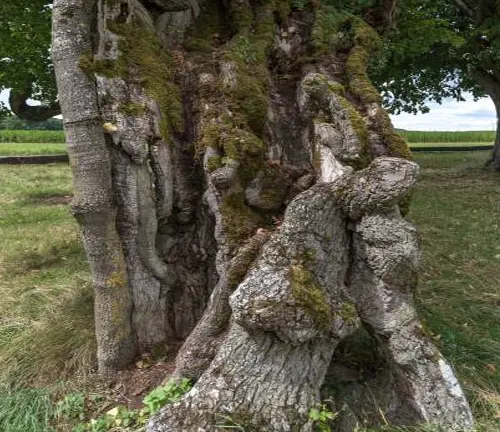

Ecological Importance
Beyond aesthetics, Tilia platyphyllos plays a vital role in ecosystem balance and biodiversity within European woodlands. Serving as habitat and food for diverse wildlife, it attracts pollinators with its flowers and enriches soil through fallen leaves, supporting microbial activity and nutrient cycling. Conservation efforts aim to protect this species from threats like habitat loss and pests to preserve the intricate web of life it sustains.
Cultivation and Conservation
Thriving in moist, well-drained soil and partial shade, Tilia platyphyllos adapts well to urban environments, making it a popular choice for various landscaping projects. Despite resilience, conservation initiatives focus on protecting this species through reforestation, habitat restoration, and awareness campaigns to ensure a sustainable future for these majestic trees and their ecosystems.

Fragrance
The captivating fragrance of Tilia platyphyllos fills the air during summer months with its sweet honey-like scent emanating from creamy-white flowers that attract pollinators. Beyond bloom periods, the mere presence of this tree imparts serenity and tranquility to its surroundings, making it a cherished addition to gardens, parks, and natural landscapes.

Soil Stabilization
In addition to its ornamental value, Tilia platyphyllos serves a practical role in soil stabilization by anchoring soil with its extensive root system to prevent erosion on slopes and riverbanks. This contribution makes it invaluable in landscaping projects and land rehabilitation efforts where stability is crucial for sustainability.
Common Uses
With a rich history in traditional medicine and craftsmanship, Tilia platyphyllos finds versatile applications. Its fragrant flowers are brewed into teas valued for calming properties while its fine-grained wood is ideal for carving intricate sculptures or crafting musical instruments. In urban forestry, it enhances biodiversity, air quality improvement, and aesthetic appeal in public spaces.

Benefits
As a keystone species in European woodlands, Tilia platyphyllos provides essential ecosystem services such as habitat provision, pollination support, and nutrient cycling. Its fragrant flowers attract pollinators while dense foliage offers shelter and food for wildlife. In urban settings, this tree helps mitigate air pollution effects, noise pollution issues, and urban heat island impact for enhanced quality of life for residents and visitors alike.
Different Species

Tilia cordata
(Small-leaved lime)
Native to Europe, Tilia cordata, or Small-leaved lime, is recognized for its petite heart-shaped leaves and fragrant flowers, adding charm to landscapes.
Tilia Americana
(American basswood)
Characterized by large heart-shaped leaves and clusters of yellowish-white flowers, Tilia americana, or American basswood, hails from North America, contributing to the beauty of its surroundings.


Tilia tomentosa
(Silver linden)
The Silver linden, or Tilia tomentosa, native to southeastern Europe and southwestern Asia, stands out with its silvery-gray leaves and fragrant yellow flowers, enhancing the aesthetic appeal of its habitat.
Tilia henryana
(Henry’s lime)
Valued for its appealing foliage and small fragrant flowers, Tilia henryana, or Henry’s lime, originates from western China, adding beauty and fragrance to its environment.
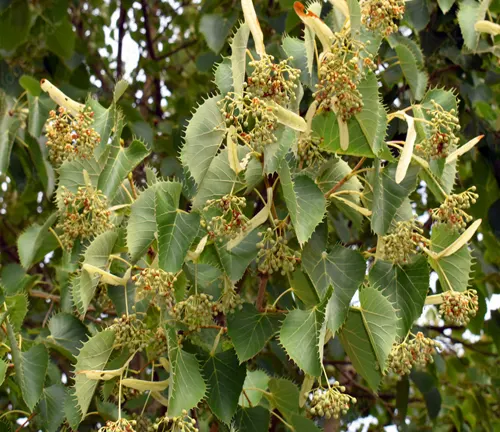
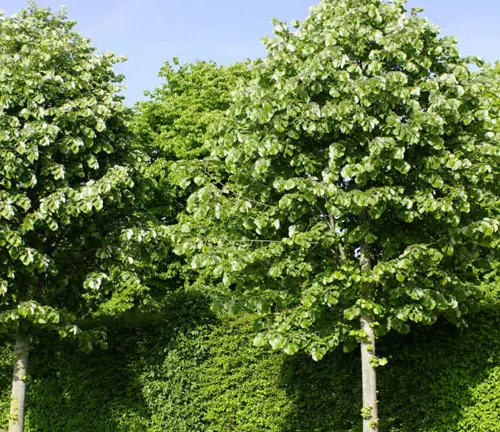
Tilia japonica
(Japanese lime)
With glossy green leaves and clusters of pale yellow flowers, Tilia japonica, or Japanese lime, found in Japan and Korea, contributes a touch of elegance with its vibrant foliage and delicate blooms.
Frequently Asked Questions (FAQs)
- What is Tilia platyphyllos?
- Tilia platyphyllos, commonly known as the large-leaved lime or large-leaved linden, is a species of deciduous tree native to Europe.
- How tall does Tilia platyphyllos grow?
- Tilia platyphyllos can reach heights of up to 30 meters (approximately 100 feet) when mature.
- What are the common uses of Tilia platyphyllos?
- Tilia platyphyllos wood has been traditionally used for carving sculptures, furniture, and musical instruments. Its fragrant flowers are also utilized in herbal teas and remedies.
- Is Tilia platyphyllos drought-tolerant?
- While Tilia platyphyllos prefers moist, well-drained soil, it exhibits moderate drought tolerance once established.
- Where is Tilia platyphyllos native to?
- Tilia platyphyllos is native to Europe and is commonly found in countries such as Germany, France, and Poland.
- How long does Tilia platyphyllos live?
- Tilia platyphyllos has a lifespan of several decades under favorable growing conditions.
- What is the ecological role of Tilia platyphyllos?
- Tilia platyphyllos plays a vital role in supporting biodiversity by providing habitat and food for various wildlife species. Its flowers also attract pollinators such as bees and butterflies.
- Can Tilia platyphyllos be grown in urban areas?
- Yes, Tilia platyphyllos can be cultivated in gardens and urban landscapes, provided they have suitable growing conditions.
- Are there any notable species related to Tilia platyphyllos?
- Yes, other species within the Tilia genus include Tilia cordata (Small-leaved lime), Tilia americana (American basswood), and Tilia tomentosa (Silver linden), among others.
- How can I contribute to the conservation of Tilia platyphyllos?
you have space available, consider planting Tilia platyphyllos or other native tree species in your garden or community. This helps to restore habitat and increase biodiversity.




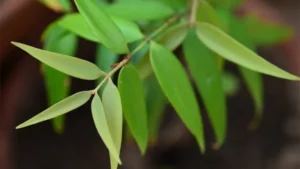
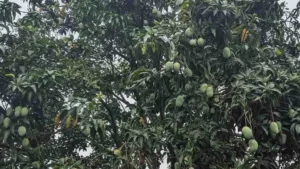
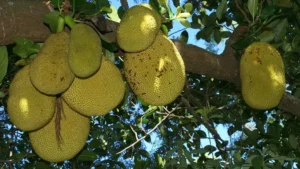



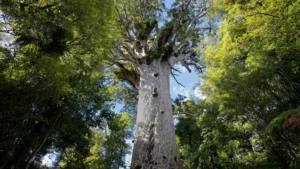
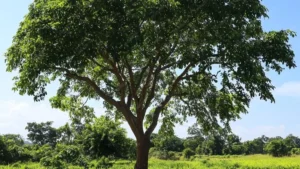
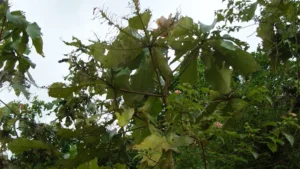
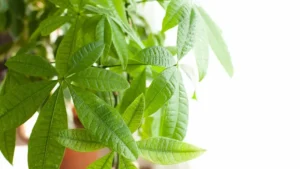
Leave your comment